Middle Lake Restoration Completed, Golden Gate Park
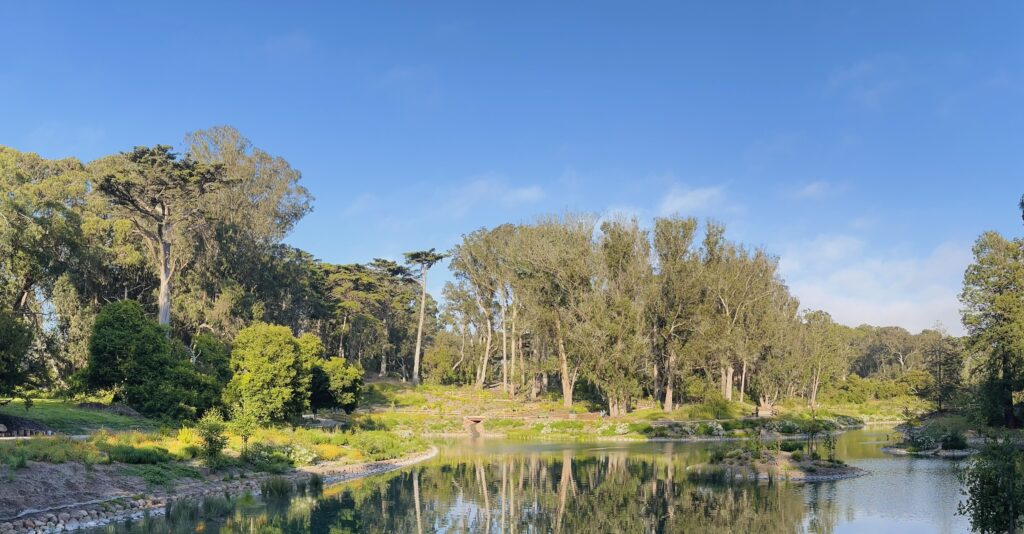
In 2022, INTERSTICE was engaged in an ambitious project to restore Middle Lake in Golden Gate Park, transforming it from a dried-up basin into a vibrant habitat teeming with life. Middle Lake, the missing link in the “Chain of Lakes” series of three interconnected lakes in the west end of San Francisco’s Golden Gate Park, has faced significant ecological decline over the past 150 years since the park was conceived, due to leaks in its clay liner, reduced water depth, algae buildup, and the encroachment of invasive species. Mere improvements were insufficient to save the lake; it required a comprehensive restoration.
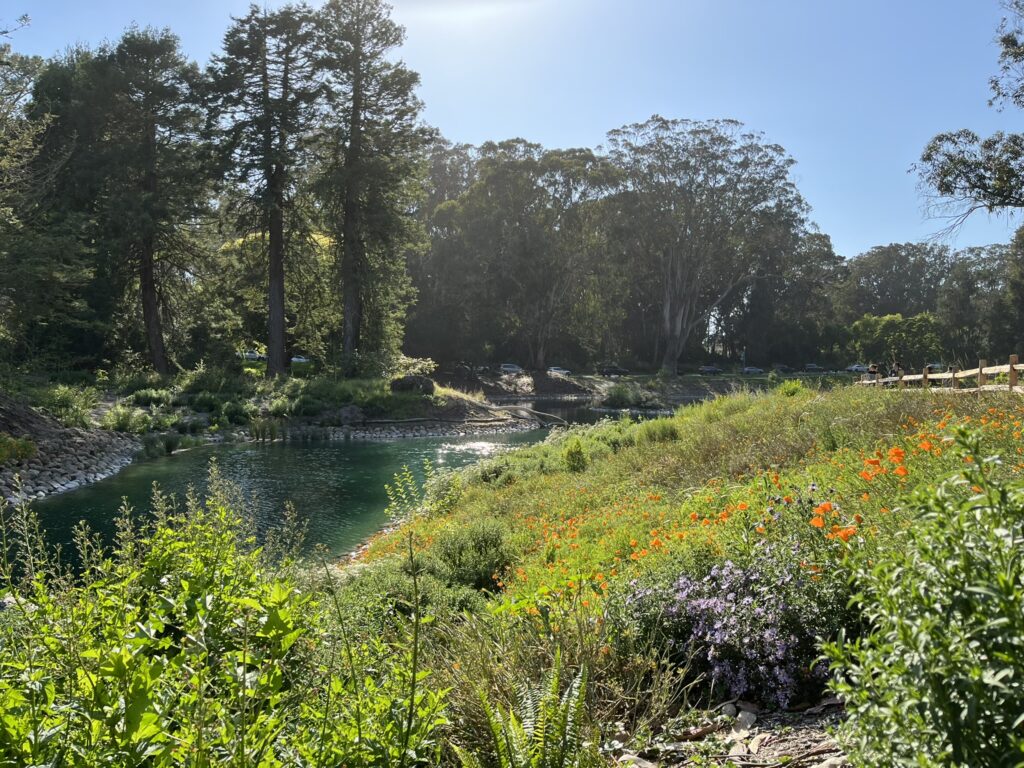
Teamwork Creates A Healthy Community and Habitat
With INTERSTICE in the role of landscape architect on the Construction Team working with San Francisco Recreation and Parks, San Francisco Department of Public Works, Woodard & Curran Civil Engineers, AGS Engineering, Bauman Construction and Catmex Landscaping, over the past nearly two years – Middle Lake has been transformed into a stunning 85,000-square-foot body of sparkling luminous water surrounded by over 10,000 plants including native shrubs, grasses, aquatic plants, wildflowers, native oaks, confers, and dogwood trees. The community input and design effort led by SF Recreation and Parks and developed by Woodard & Curran with the Office of Cheryl Barton engaged numerous stakeholder inputs, including the adjacent residential community, park operations, and multiple city departments related to the environment and its stewardship. The lake is now a lively ecosystem buzzing with insects, bees, and birds and is already home to a goose family that moved in during late construction, gracing the area with six goslings this spring. Raptors tour the skies over the new lake, alongside perching songbirds and numerous shorebirds.
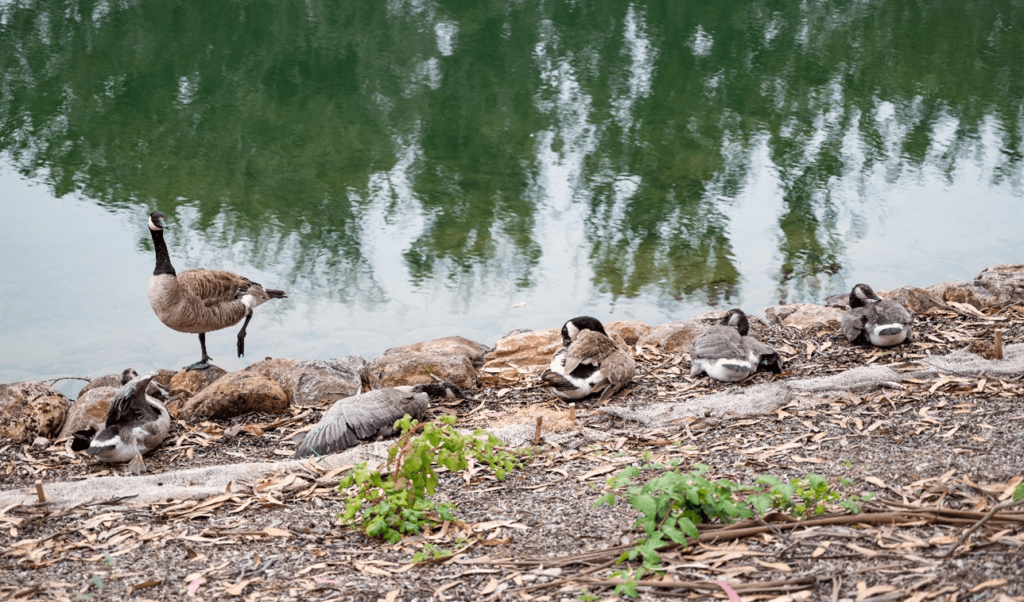 Photo by Oscar Roussel
Photo by Oscar Roussel 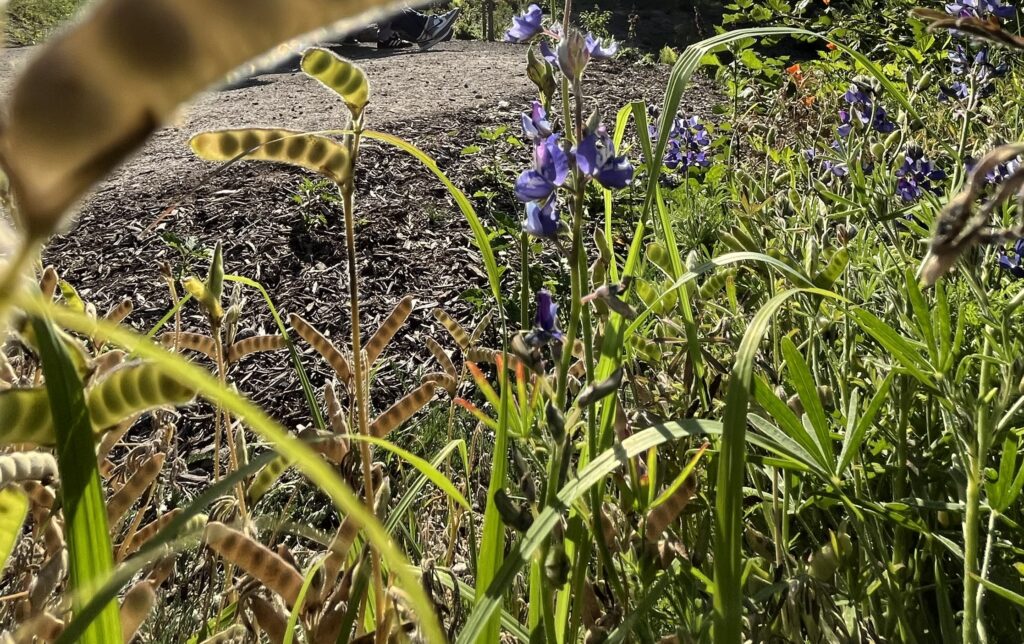
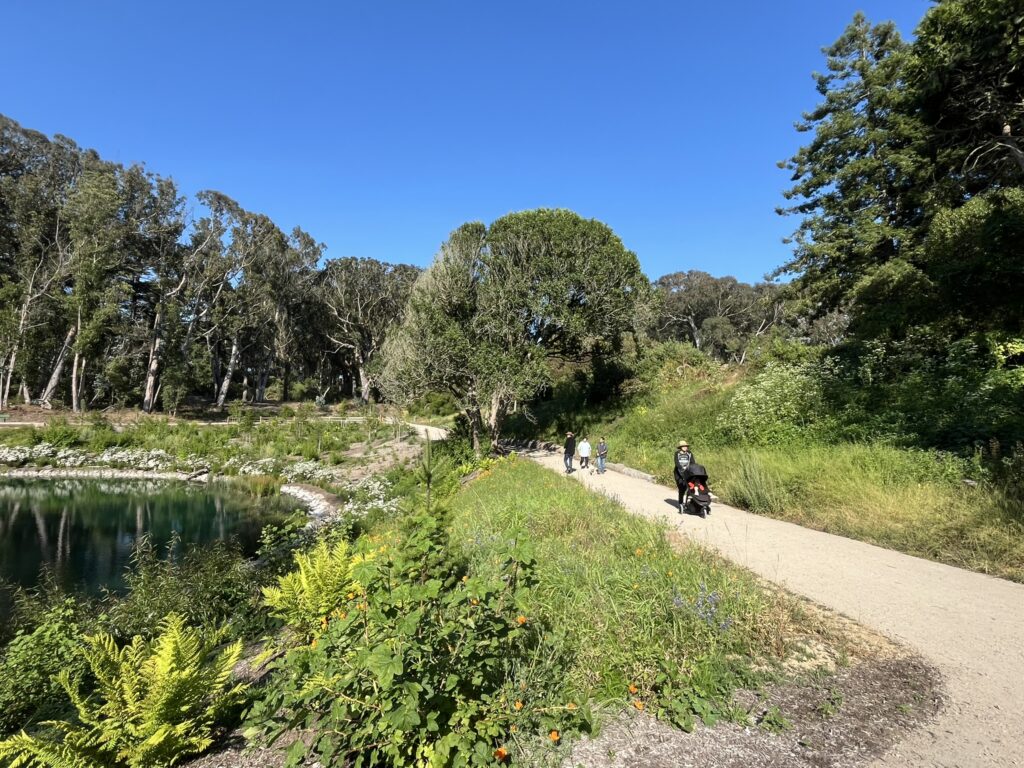
Even prior to its official reopening, the lake had drawn many eager park users, who sneaked through small openings in the fencing to take a look and enjoy walks on its trail that wraps around its half-mile edge. Construction was delayed to accommodate a hawk family that had nested during the construction start-up. Now there is a thriving raptor community soaring above this new and growing riparian ecosystem.
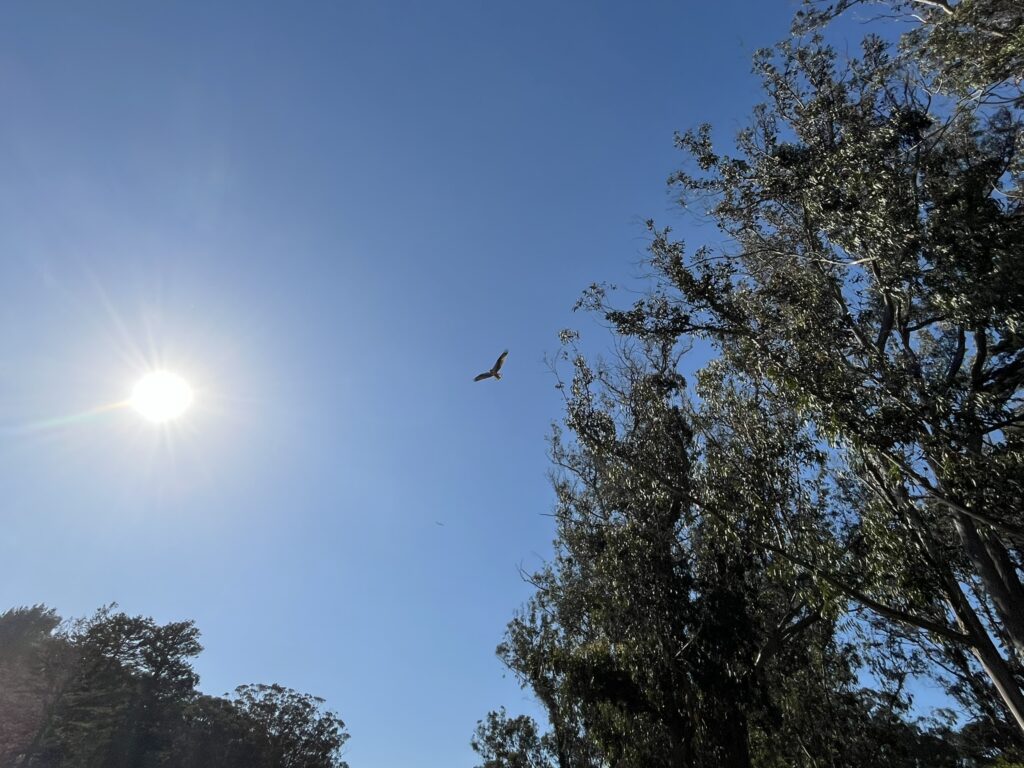
A System Designed to Create a Healthy Aquatic Ecosystem
The restoration process involved an initial assessment of the lake, followed by the removal of 25,000 cubic yards of silt to create and contour a seven-foot-deep basin with two historic islands, and the installation of a new nearly 2-foot-deep clay liner meant to maintain the water level long term. To ensure a healthy water level and good water quality, the design added a cascading stone streambed (the Cascade) that flows adjacent to an intentionally meandering and accessible path, crossed by footbridges, that provides water to the lake below from the park’s Fly-Casting Pools situated to the east of the Lake. Aerators at the lake’s bottom recirculate water and oxygenate the lake’s hydronic column. Overflow from South Lake flows into Middle Lake’s newly designed, stone-lined inlet and circulates out again at the new outlet spillway, into North Lake, connecting the Chain of Lakes with a constant flow of fresh water.
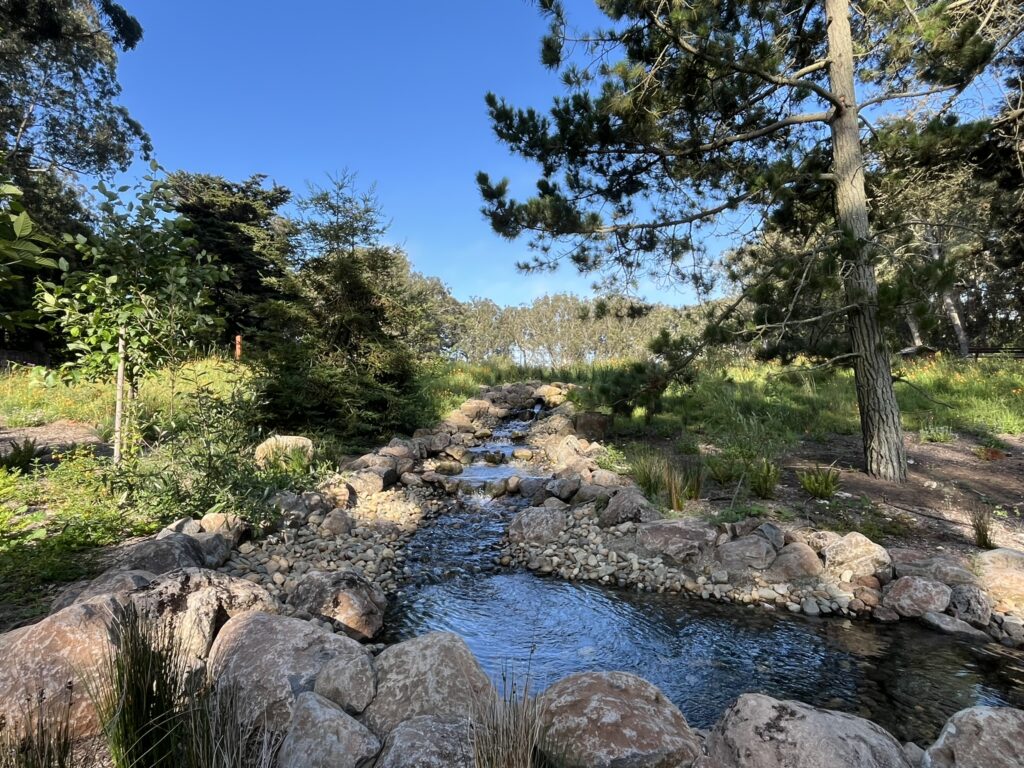
The Cascade stream, along with the south-to-north cross flow, not only significantly reduces algae growth by keeping the water’s surface in motion, creating a healthier aquatic environment, but it also creates the delightful experience for park visitors of the sound of a burbling creek, flowing over natural stone water weirs and check-dams, swirling between deeper pools on its sinuous journey down the eucalyptus-forested slope – a visually and aurally exhilarating and memorable experience.
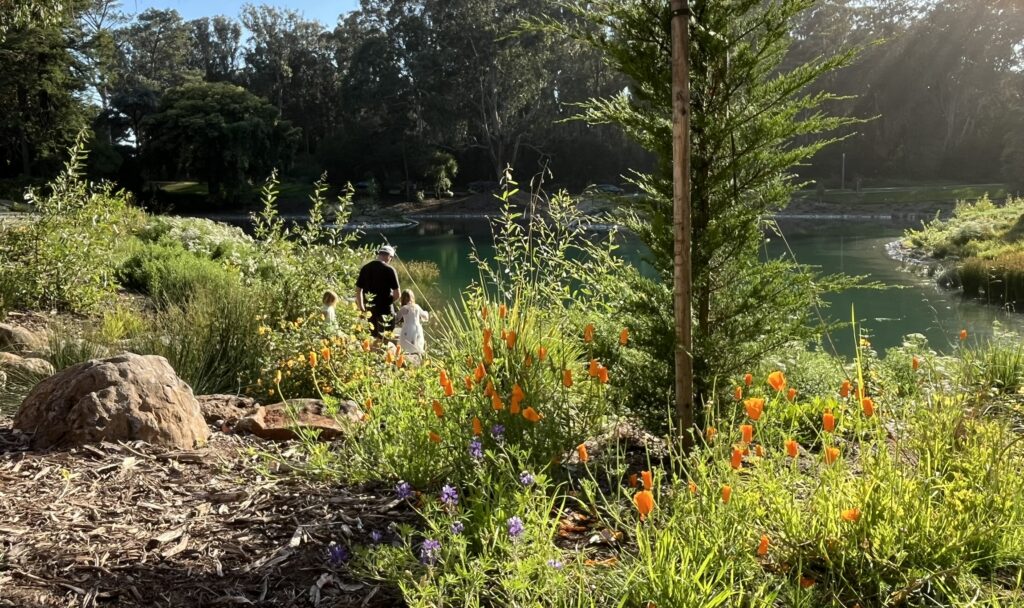
Native Plants Increasing the Biodiversity of Both Flora and Fauna
The planting of native upland species such as California sage, beach strawberry, Coyote Brush, wild rose, California poppy, and lupine attract butterflies and hummingbirds, help stabilize the soil, and provide protected habitats for many of the park’s wildlife. Other important plants that are creating and conserving habitat include newly planted coast live oak trees, coast redwoods, Monterey cypress, alders, and woodland flowering dogwoods, whose canopies will expand to further frame views and provide shade and intimacy along the lakeside paths that circumnavigate the new water body. Numerous native grasses, perennials, ferns, and shrubs fill in the extensive palette of understory flora carefully selected to enhance the biological interdependence of the park’s thriving ecology. The lake’s restoration is expected to attract about 350 different animal species to its shores, including ducks, frogs, salamanders, turtles, dragonflies, and a multitude of bird species.
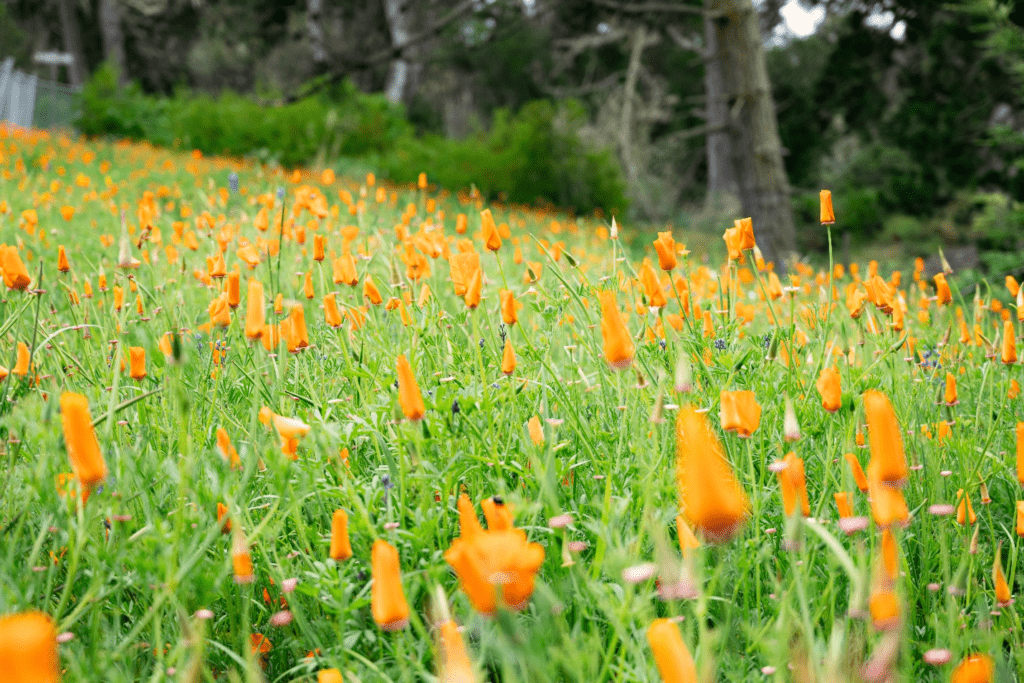 Photo by Oscar Roussel
Photo by Oscar Roussel
Aquatic Specific Design
The design of the lake-reinforced shore and small island prioritizes a sequence of shallow “literal zones” where sunlight and oxygen are easily accessible to aqueous plants and small creatures that find shelter from predation in these teaming shallows at seven locations along the lake’s edge where additionally large fallen tree trunks are strategically positioned to enhance this productive protected edge. Here the base of the food chain is born and develops, allowing the lake ecology to flourish. The largest aquatic shelves are situated at the lake’s outlet and inlet where these 4 to16 inch-deep shallows are built up to create the lake’s natural filters and most generative biological zones.
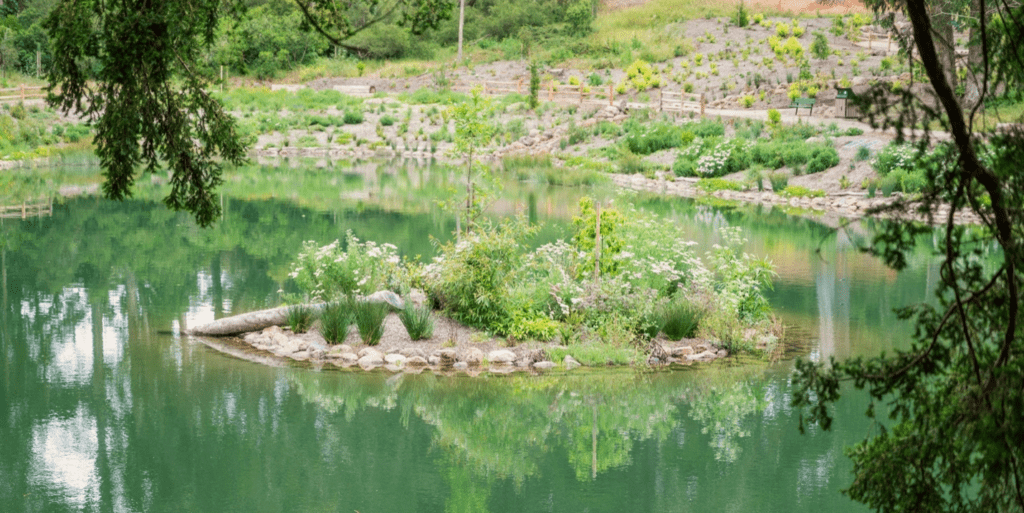 Photo by Oscar Roussel
Photo by Oscar Roussel
Another ecological and environmental benefit of the lake, besides enhancing biodiversity, improving water quality, and increasing habitat, is that it acts as a significant source of carbon sequestration. The lake bed captures and stores carbon from organic matter that settles there. The newly planted vegetation also aids in capturing carbon and helps mitigate the impacts of global warming. Moreover, the lake helps regulate local temperatures, supports groundwater recharge, and contributes to the overall health of Golden Gate Park’s natural environment.
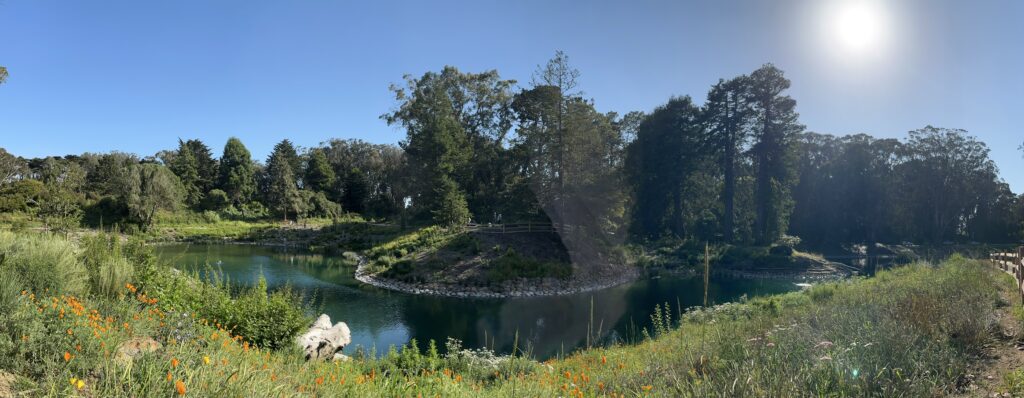
A Place for Plants, Animals and People
As of July 2024, Middle Lake is now open, offering the community a serene place to relax by the water amidst bright, colorful flowers, with ample opportunities for walking, bird-watching, contemplation, and picnicking. The main entrance to the lake is from Chain of Lakes Drive East, which features a small parking lot and connects to the lake’s curvilinear pathway loop. The lake can also be accessed from the fly-casting pools located above the lake by way of a winding path, lined by flowering dogwoods beside the creek, leading down across two wooden footbridges towards the lake edge path loop.
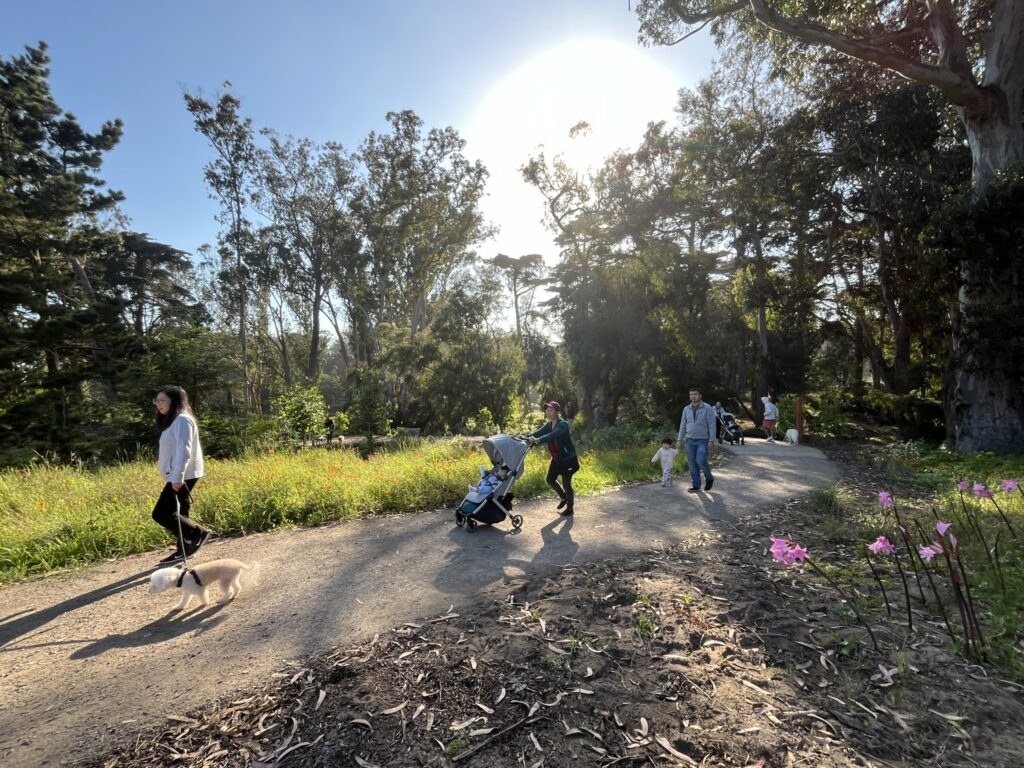
Visitors to Middle Lake will also discover numerous places to enjoy vistas of the lake and contemplate this new environment – the Wedding Lawn on the south that overlooks the lake and is found within a grove of Redwoods, both existing and new and surrounded by benches fabricated from a repurposed and harvested redwood from the site; around the perimeter are park benches to enjoy lake vistas, and large sit-able logs made of harvested eucalyptus trees that were removed due to hazardous conditions and recontouring for the routing of newly proposed pathways; more log seats and sculptural logs along the Cascade path as places to pause, hear and see the adjacent cascade waterway, and spots to allow youth to engage with the natural environment through a series of informal goat paths.
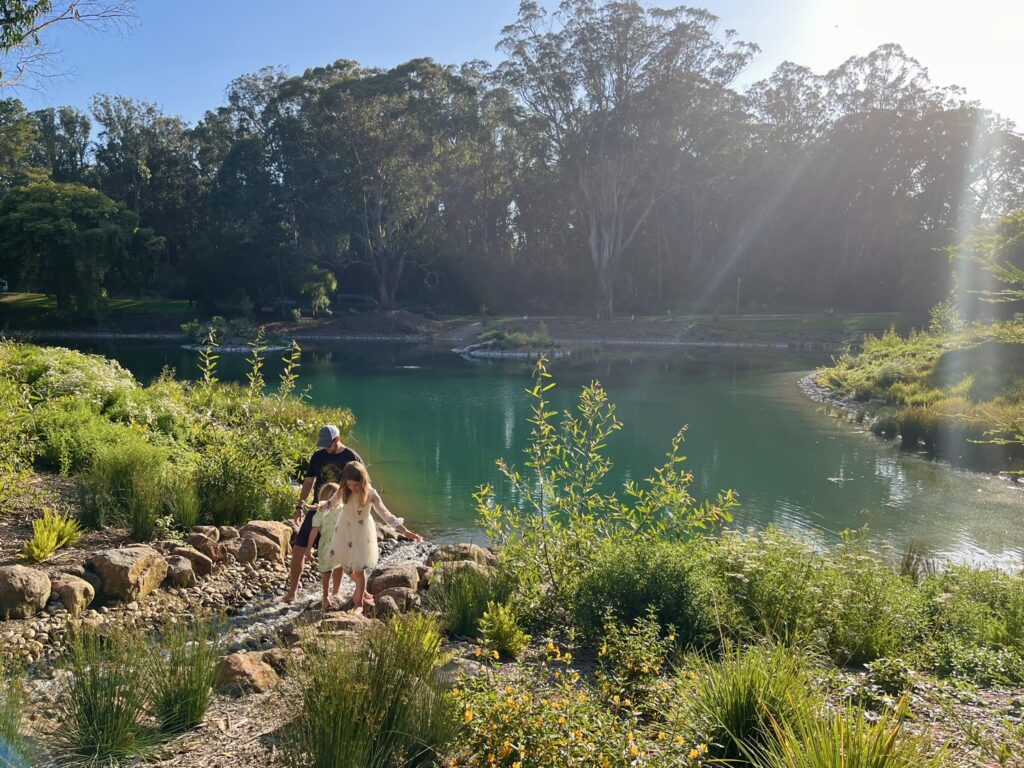
Gratitude for our Team and a Mission Fulfilled
Participating in the conservation of this lake has been an honor and a testament to teamwork. Through restoring Middle Lake’s natural beauty and ecological value, and enhancing its role in our local ecosystem, our team has had the opportunity to contribute to our City community and our region’s health, biodiversity, and resiliency. We are excited to share it with the community and invite everyone to experience its transformation firsthand. This restoration is a testament to the power of thoughtful design and community collaboration. The rejuvenation of this area in Golden Gate Park will have lasting benefits for both the environment and the community – hopefully for at least another 150 years to come. We invite everyone to visit and enjoy!
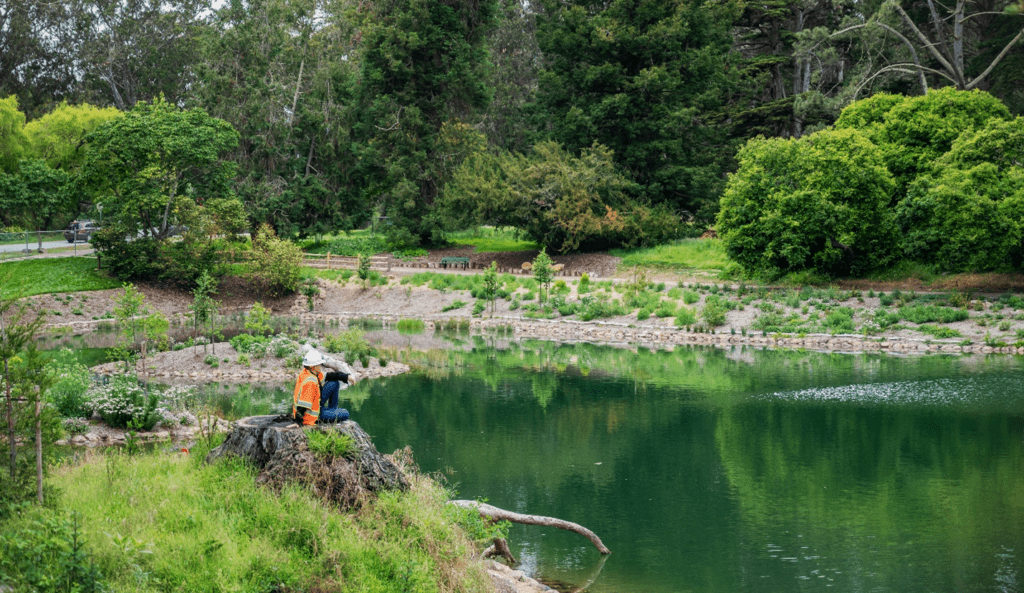 Photo by Oscar Roussel
Photo by Oscar Roussel
